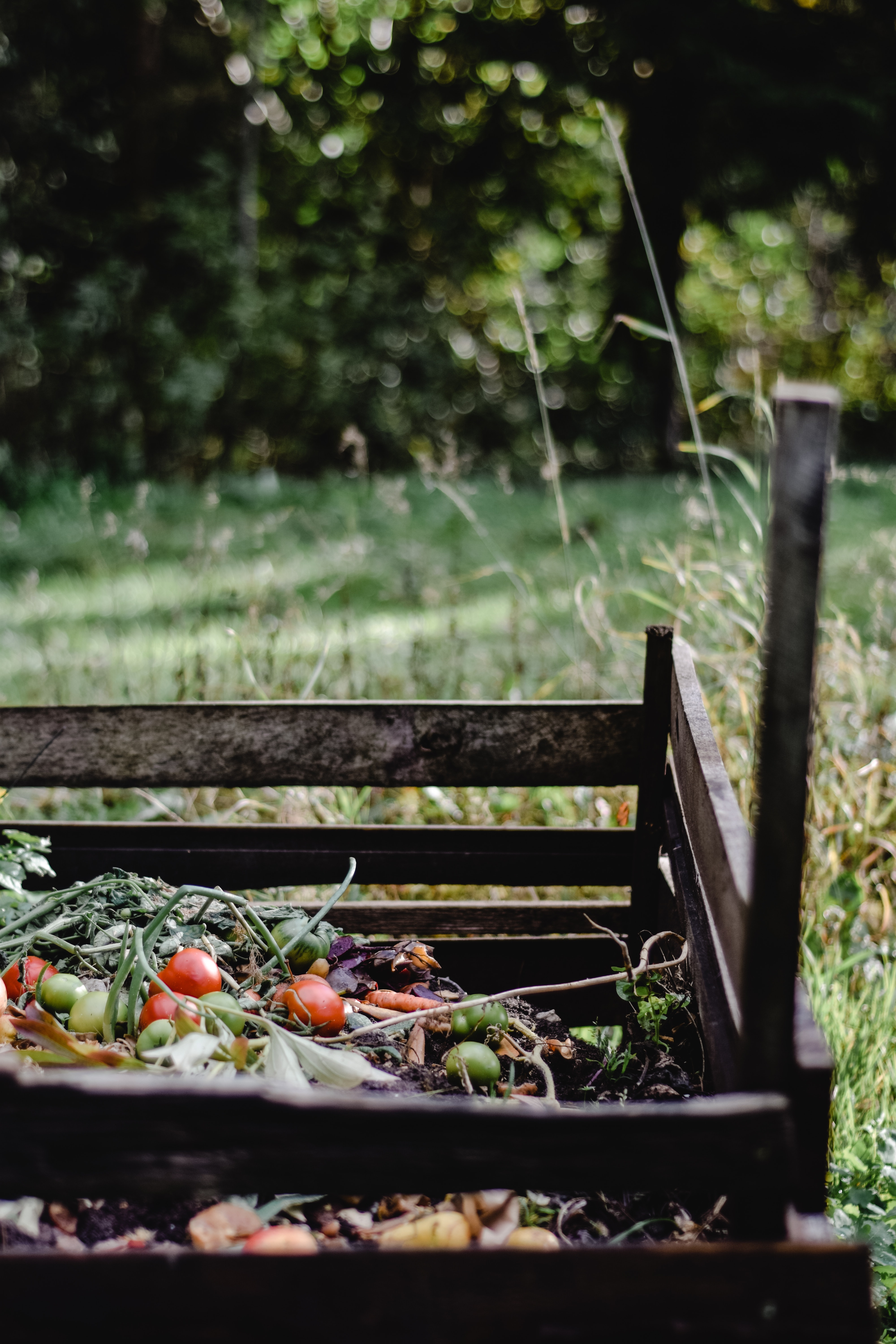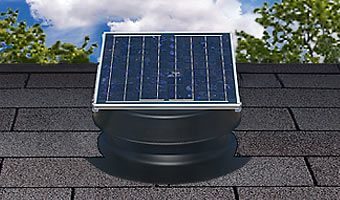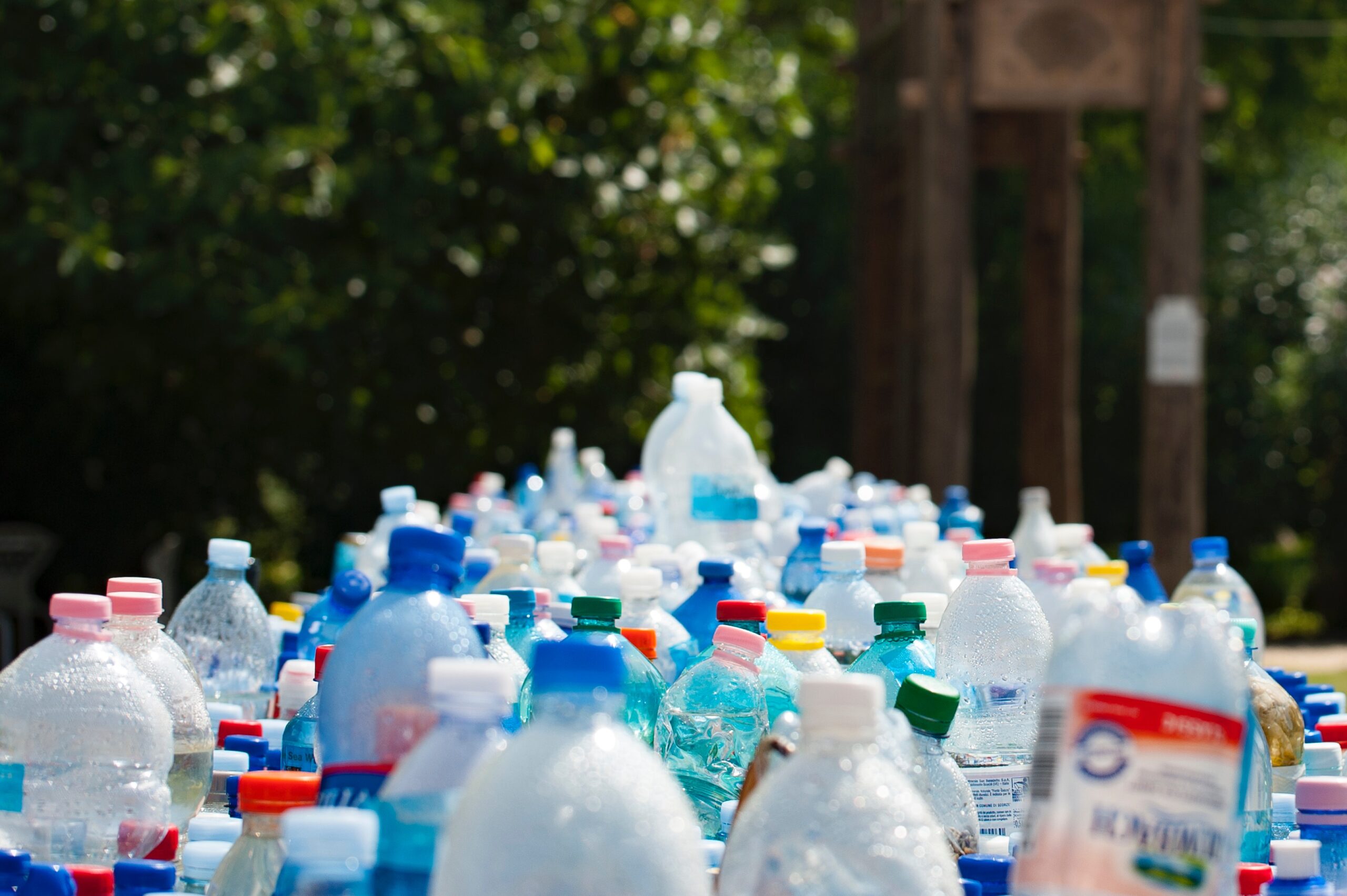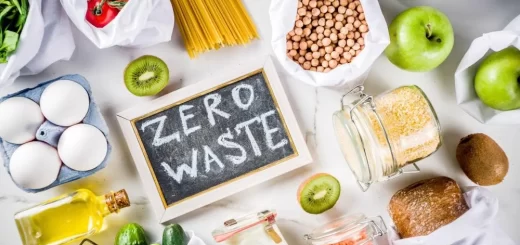Household Composting: A Sustainable Solution for Reducing Household Waste

In our increasingly eco-conscious world, finding sustainable solutions to everyday challenges is essential. One such solution lies within our own homes: composting. This simple yet powerful process can significantly reduce our carbon footprint by diverting organic waste from landfills and transforming it into nutrient-rich compost for our gardens. In this article, we will explore the benefits of household composting, discuss the types of waste materials suitable for composting, provide useful tips on how to compost effectively, and highlight its positive impact on the environment.
Benefits of Composting for the Environment
Composting offers numerous environmental benefits. One of the most significant advantages is its ability to divert organic waste from landfills. Organic waste, such as food scraps and yard trimmings, generates methane gas when decomposing in anaerobic conditions. Methane is a potent greenhouse gas that contributes to climate change, making landfill waste a significant contributor to carbon emissions1. By composting at home, we can help minimize these emissions, as composting occurs in an oxygen-rich environment, reducing methane production2.
Composting also helps to enrich and restore soil health. Compost acts as a natural fertilizer, providing essential nutrients and improving soil structure. Healthy soil absorbs and retains water more efficiently, reducing the need for synthetic fertilizers and irrigation3. This, in turn, helps to conserve water resources and minimize the release of pollutants into rivers and lakes.
Additionally, composting reduces the need for chemical fertilizers and pesticides, promoting organic gardening practices. By using homemade compost, we can nurture our plants and gardens in a sustainable manner, free from harmful synthetic chemicals.
Household Waste Materials Suitable for Composting
A wide range of organic materials can be composted, making it a versatile process for reducing waste. Here are some typical household waste materials that can be composted effectively:
- Fruit and vegetable scraps: Including peels, cores, seeds, and rinds.
- Coffee grounds and tea leaves: High in nitrogen, these waste materials are excellent composting ingredients.
- Yard trimmings: Such as grass clippings, leaves, and small branches. Shredding larger items helps speed up decomposition.
- Eggshells: Crushed eggshells add calcium to the compost, aiding in plant nutrition.
- Nutshells: Walnut and pecan shells, for example, decompose slowly but add valuable carbon to the mix.
- Paper and cardboard: Shredded newspaper, cardboard tubes, and non-glossy paper can be composted in moderation.
- Plant-based food scraps: Avoid dairy products, meat, and oily items, as they can attract pests and slow down decomposition.
Tips for Effective Composting
To optimize the composting process and ensure a successful outcome, consider the following tips:
- Balance the carbon-to-nitrogen ratio: Compost requires a balanced mix of “green” (nitrogen-rich) and “brown” (carbon-rich) materials. Aim for a ratio of roughly 1 part green to 3 parts brown, adjusting as needed to maintain proper decomposition4.
- Chop or shred large items: Breaking down larger waste materials into smaller pieces accelerates the decomposition process.
- Layer materials: Alternate layers of green and brown materials to enhance airflow and aid decomposition. Moisture levels should resemble that of a damp sponge5.
- Turn the compost: Regularly mixing the compost with a garden fork or compost aerator helps provide oxygen and speeds up decomposition. Aim to turn the pile every one to two weeks6.
- Monitor temperature and moisture: Composting is most efficient when the pile is moist but not waterlogged. A temperature range of 130-150°F (55-65°C) indicates proper decomposition. Adjust moisture levels and turn the pile if needed7.
Household composting presents a valuable opportunity to reduce our carbon footprint and contribute to a more sustainable future. By diverting organic waste from landfills and transforming it into nutrient-rich compost, we can enrich our gardens, conserve water resources, and reduce greenhouse gas emissions. Composting is a simple and accessible practice that empowers individuals to make a positive impact on the environment right from their own homes.
By following the tips provided, anyone can embark on a successful composting journey. Together, let’s embrace the power of composting and take a step towards a greener, more sustainable future.
References:
- Environmental Protection Agency. (2021). Reducing and Managing Food Waste. Retrieved from https://www.epa.gov/recycle/reducing-wasted-food-basics
- United States Department of Agriculture. (2016). Composting to Reduce the Waste Stream. Retrieved from https://www.usda.gov/topics
- United States Environmental Protection Agency. (2021). Composting At Home. Retrieved from https://www.epa.gov/recycle/composting-home
- Earth911. (2022). Composting 101: What Is Composting and How Does It Work? Retrieved from https://earth911.com/home-garden
- Green Action Centre. (2021). How to Compost. Retrieved from https://https://greenactioncentre.ca/module/composting-2/
- Greenpeace. (2021). Composting 101: A Beginner’s Guide. Retrieved from https://www.greenpeace.org/usa
- Gardener’s Supply Company. (2022). Composting Basics. Retrieved from https://www.gardeners.com/how-to/composting-basics/5063.html



 Rob McCandless
Rob McCandless


